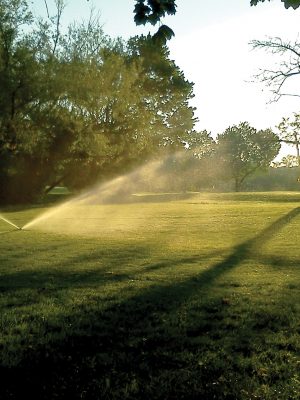Water Reuse Roadmap & Action Plan

Long Island Water Reuse & Action Plan
In 2023, Seatuck and the Greentree Foundation initiated the Long Island Water Reuse Roadmap and Action Plan to advance water reuse as a strategy to help address water quality and water quantity problems on Long Island.
The “Roadmap,” developed in association with Cameron Engineering, seeks to catalyze the implementation of water reuse on Long Island and ensure that the strategy plays a larger and more meaningful role in safeguarding the region’s drinking water and surface water resources.
Over the past half century, water quality in Long Island’s groundwater aquifers (the sole source of drinking water for more than 2.5 million Nassau and Suffolk County residents), as well as both freshwater and coastal surface waters, has steadily declined.
Notable among this water quality problem is the detrimental impacts to human and ecosystem health associated with excess nitrogen. In drinking water aquifers, excess nitrogen can pose a public health risk to infants and small children; in surface waters it can trigger deleterious algae blooms and degrade salt marsh health.
During this same time period, Long Island’s water quantity problem has also come into focus. High rates of pumping have impacted Long Island’s vast aquifer resources, with water table levels significantly decreased in many places. While these reductions may not impact the overall availability of drinking water, they do result in lost streams and other wetlands, which serve as vital wildlife habitat. High rates of groundwater withdrawal can also alter salinity regimes in coastal embayments and result in saltwater intrusion into aquifers used for drinking water.
An array of laws, policies, and strategies have been adopted over the years to address Long Island’s dual water problems. These include the federal Clean Water Act and the New York State Pollution Discharge Elimination System, as well as local efforts to reduce the use of lawn fertilizers, encourage water conservation, require the enclosure of road salt piles, and a mandate that below grade gasoline storage tanks be double walled.
More recently, Nassau and Suffolk Counties have meaningfully responded to the threat from excess nitrogen by advancing ambitious programs to replace the nearly 400,000 existing private cesspools/septic tanks with Innovative/Alternative systems (“I/A systems”). These new systems significantly reduce the amount of nitrogen discharged into the groundwater and surrounding environment. While these efforts are having a positive impact, it is clear that more must be done to ensure that both the quality and quantity of Long Island’s water resources remain high for generations to come.
Seatuck will continue it’s push for the aggressive implementation of water reuse strategies. In too many places we are simply mining our underground water supply by pumping out more than is being replenished. This lowers the water table and causes two major problems.
First, it allows salt water to push further inland. This “salt water intrusion,” as it’s known, ruins drinking supply wells and can require expensive new drilling. Second, on an island where our wetlands, river, streams and ponds are fed by groundwater, lowering of the water table has devastating impacts on important freshwater habitat and the wildlife species that depend on it. In some places where the water table has been significantly reduced, streams literally run dry and wetlands cease to exist. The water quantity problem is most acute in Nassau County (where there’s been more historic demand on the aquifers), but it is increasingly a problem for Suffolk County as well, especially with plans for expanded sewers.
An important strategy for combating the water crisis is water reuse. As the name suggests, water reuse puts treated effluent from sewage treatment plants to another beneficial purpose instead of dumping it into our bays or the ocean. It’s literally the process of turning treated wastewater from a liability into an asset.
The process of reusing wastewater simultaneously achieves water quality and quantity benefits. The comprehensive implementation of water reuse would significantly reduce nitrogen impacts to local waterways. At the same time, it would also reduce the demand on our already stressed aquifers, which would help ensure ecologically necessary water levels are maintained in our rivers and streams. More than 2.3 billion gallons of water are currently reused every day in the United States, most notably in California, Florida and the arid Southwest. Seatuck will continue advocating that we take a major step forward in managing and protecting our waters by adding Long Island to this list.
– Link to DEC “golf course opportunities” map: https://arcg.is/1KmDaW0
– DEC water reuse info: https://www.dec.ny.gov/lands/120987.html
– EPA water reuse info: https://www.epa.gov/waterreuse/basic-information-about-water-reuse
– EPA Water Reuse Action Plan: https://www.epa.gov/waterreuse/water-reuse-action-plan
